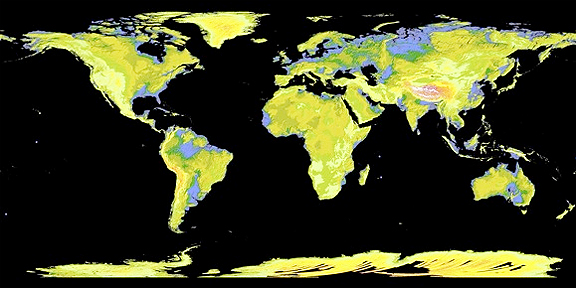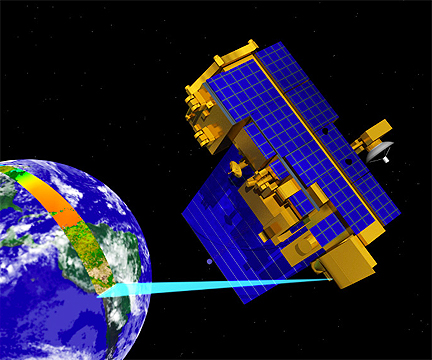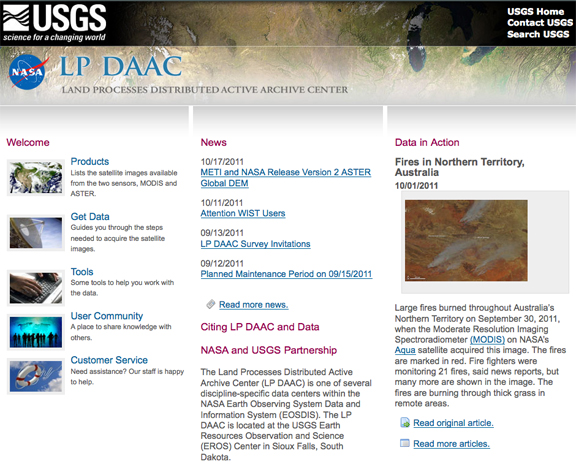NASA and Japan have released a significantly improved version of the most complete digital topographic map of Earth produced with detailed measurements from NASA's Terra spacecraft. The map, known as a global digital elevation model, was created from images collected by the Japanese Advanced Spaceborne Thermal Emission and Reflection Radiometer, or ASTER, instrument aboard Terra. So-called stereo-pair images are produced by merging two slightly offset two-dimensional images to create the three-dimensional effect of depth. The first version of the map was released by NASA and Japan's Ministry of Economy, Trade and Industry (METI) in June 2009. "The ASTER global digital elevation model was already the most complete, consistent global topographic map in the world," said Woody Turner, ASTER program scientist at NASA Headquarters in Washington. "With these enhancements, its resolution is in many respects comparable to the U.S. data from NASA's Shuttle Radar Topography Mission (SRTM), while covering more of the globe."

The improved version of the map adds 260,000 additional stereo-pair images to improve coverage. It features improved spatial resolution, increased horizontal and vertical accuracy, more realistic coverage over water bodies and the ability to identify lakes as small as 0.6 miles (1 kilometer) in diameter. The map is available online to users everywhere at no cost. "This updated version of the ASTER global digital elevation model provides civilian users with the highest-resolution global topography data available," said Mike Abrams, ASTER science team leader at NASA's Jet Propulsion Laboratory in Pasadena, Calif. "These data can be used for a broad range of applications, from planning highways and protecting lands with cultural or environmental significance, to searching for natural resources."

Artistic rendition of NASA's Terra satellite
NASA, METI, Japan's Earth Remote Sensing Data Analysis Center (ERSDAC), and the U.S. Geological Survey validated the data, with support from the U.S. National Geospatial-Intelligence Agency and other collaborators. The data are distributed by NASA's Land Processes Distributed Active Archive Center at the U.S. Geological Survey's Earth Resources Observation and Science Center in Sioux Falls, South Dakota, and by ERSDAC in Tokyo. Users of the new version of the ASTER data products are advised that while improved, the data still contain anomalies and artifacts that will affect its usefulness for certain applications. Data users can download the ASTER global digital elevation model at https://lpdaac.usgs.gov/ or at http://www.ersdac.or.jp/GDEM/E/4.html.


